 The United Kingdom’s (U.K.) foreign aid budget and international policies continue to shift, sparking concerns about their impact on global poverty alleviation. The government has committed to maintaining aid at 0.5% of Gross National Income (GNI) until at least 2029. However, critics argue that reallocating aid resources limits the reach of poverty-focused initiatives worldwide.
The United Kingdom’s (U.K.) foreign aid budget and international policies continue to shift, sparking concerns about their impact on global poverty alleviation. The government has committed to maintaining aid at 0.5% of Gross National Income (GNI) until at least 2029. However, critics argue that reallocating aid resources limits the reach of poverty-focused initiatives worldwide.
Aid Budget Cuts and Spending Priorities
Since 2020, the U.K. has reduced its foreign aid budget from 0.7% to 0.5% of GNI. This cut remains in place despite earlier promises to restore the higher level when economic conditions improve. A significant portion of the current aid budget now covers in-donor refugee costs. In 2022, 29% of total Official Development Assistance (ODA) supported domestic refugee programs. That percentage increased further in 2023 due to rising migration and asylum pressures. These changes have fueled debates about whether the U.K. has diverted funds meant for international aid toward internal expenditures.
Cutting Global Health Funding
The U.K. also plans to reduce its contributions to the Global Alliance for Vaccines and Immunisation (Gavi), an organization that has vaccinated more than a billion children in developing countries and prevented nearly 18 million deaths over the past 25 years. As U.K. funding declines, Gavi’s capacity to distribute vaccines in vulnerable regions weakens. Aid organizations warn that these cuts could reverse progress in child mortality reduction and burden already fragile health care systems.
Tougher Refugee Citizenship Policies
The U.K. government has tightened refugee policies, making it harder for those arriving through unauthorized routes to gain British citizenship. Refugees who entered the country irregularly now face disqualification from citizenship applications. Critics argue that this policy contradicts the 1951 Refugee Convention and leaves many asylum seekers in legal limbo without a clear path to permanent residency.
Military Aid vs. Development Aid
While the U.K. reduces funding for health and humanitarian programs, it has significantly increased military assistance. Since February 2022, the U.K. has committed £12.8 billion in support to Ukraine, including £7.8 billion for military aid. In 2024/25 alone, the U.K. pledged £4.5 billion in military support. This shift reflects a growing focus on security rather than direct development initiatives, raising questions about the balance between defense spending and poverty reduction efforts.
The Future of UK Aid
The U.K.’s evolving aid priorities highlight an ongoing debate about the nation’s role in global development. The government defends its spending decisions, citing economic constraints and domestic pressures. However, critics argue that cutting aid to health, education and humanitarian projects undermines the U.K.’s leadership in poverty reduction and global health initiatives.
Looking Ahead
The Labour government, elected in July 2024, has emphasized poverty reduction, climate finance and gender equality as key aid priorities. Officials plan to release spending strategies for 2025/26 in the summer of 2025, with expectations of further refinements to aid allocation. The U.K.’s climate, humanitarian and health-related aid programs will likely face continued scrutiny amid shifting budget priorities. As international needs grow due to climate change, global health crises and conflict, the direction of U.K. aid could play a crucial role in shaping the future of vulnerable communities worldwide. Ensuring aid allocation aligns with poverty reduction goals remains essential to sustaining progress in global development.
– Arianna Distefano
Arianna is based in London, UK and focuses on Politics for The Borgen Project.
Photo: Flickr
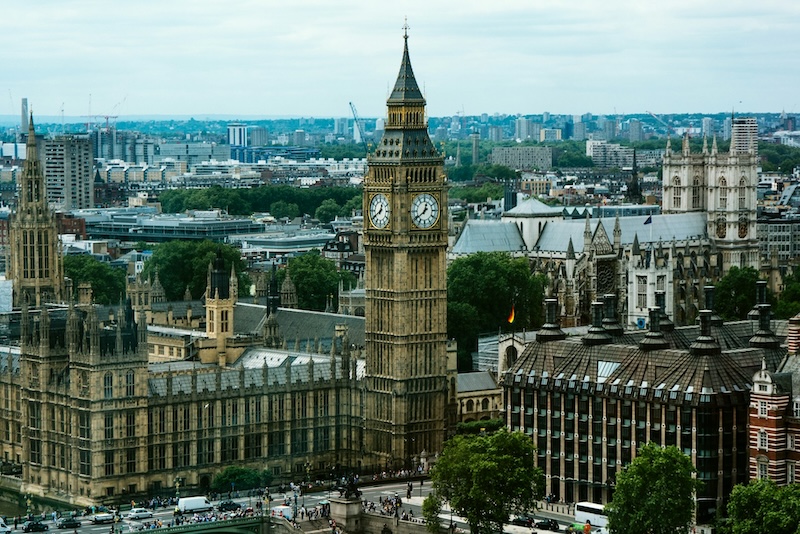 In December 2024, the U.K. government
In December 2024, the U.K. government 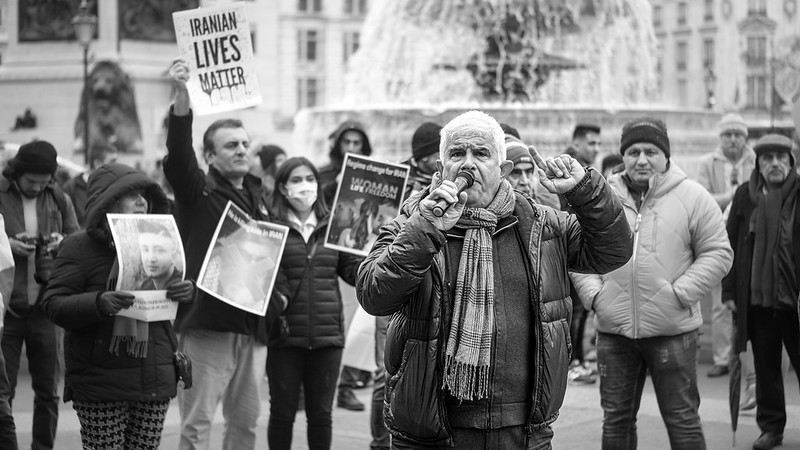 Since the United States (U.S.) reinstated economic
Since the United States (U.S.) reinstated economic 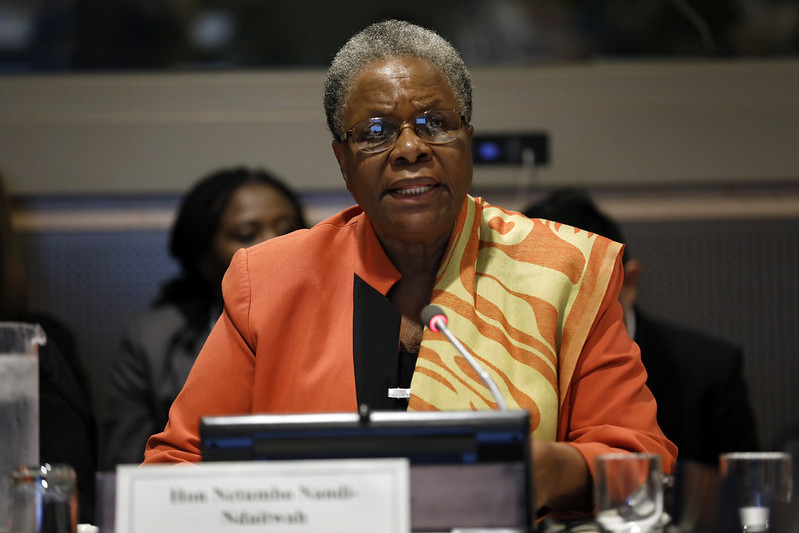 Namibia has made significant progress in
Namibia has made significant progress in 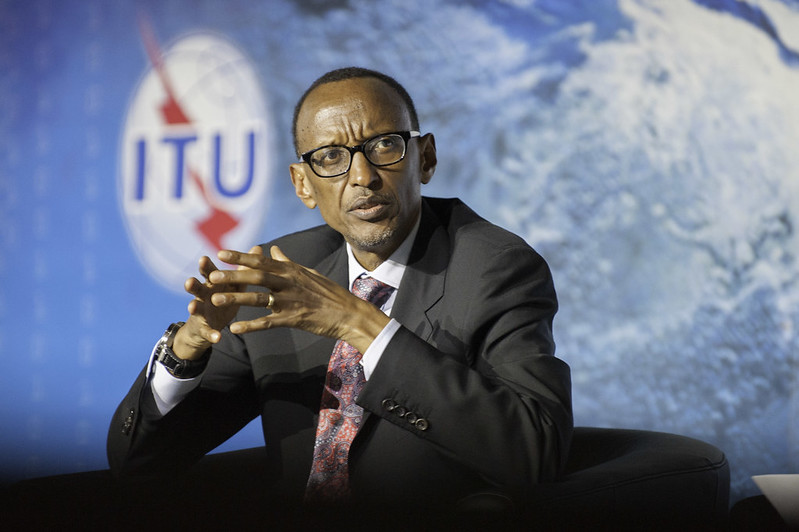 Rwanda,
Rwanda, 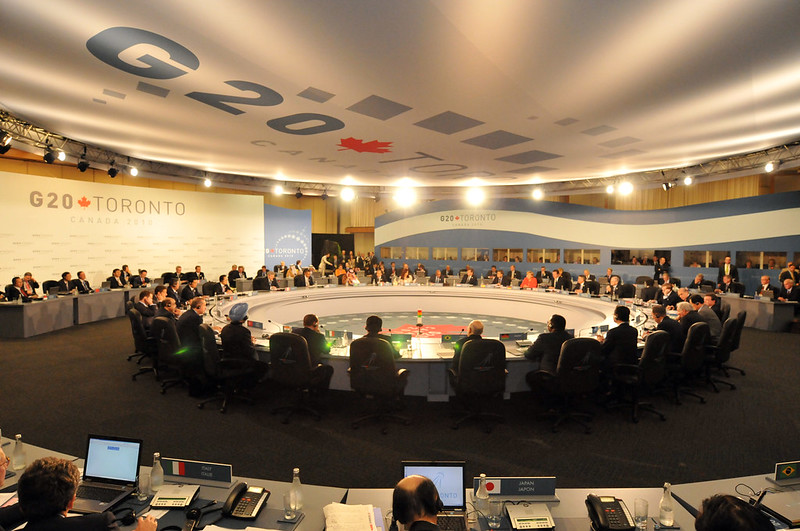 In 2023,
In 2023, 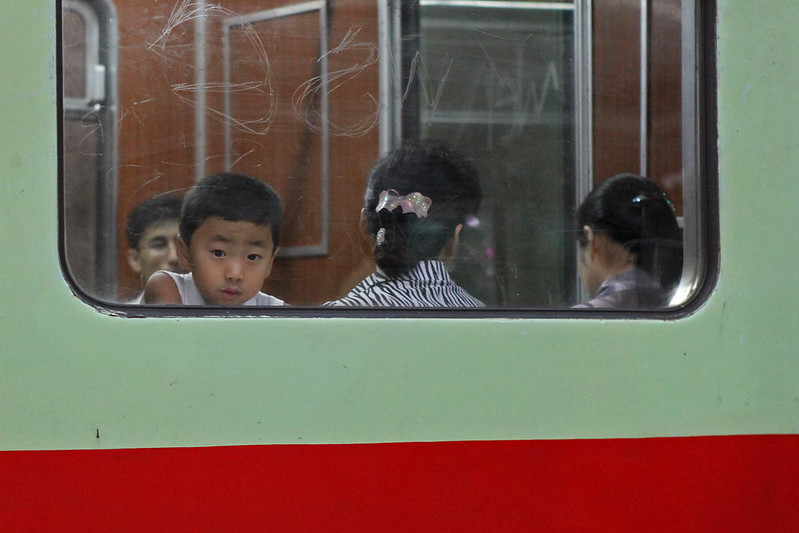 From July 13 to 16, 2024, Qu Dongyu,
From July 13 to 16, 2024, Qu Dongyu, 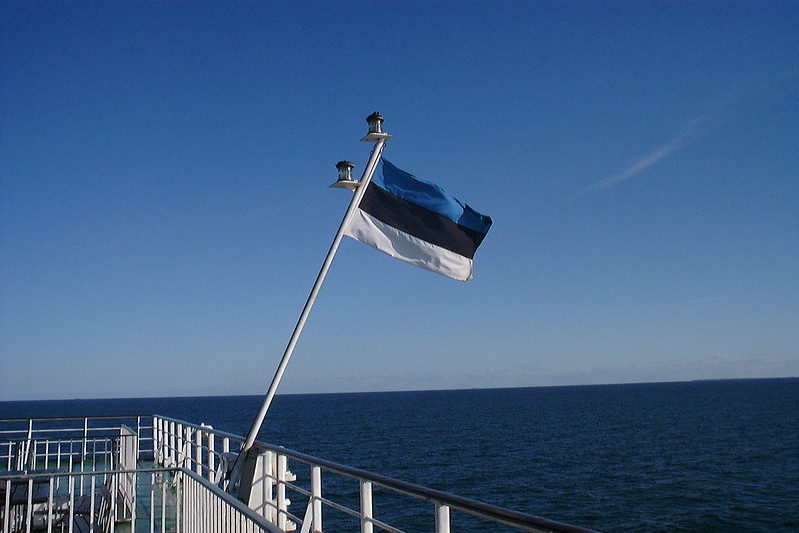 Estonia, a
Estonia, a 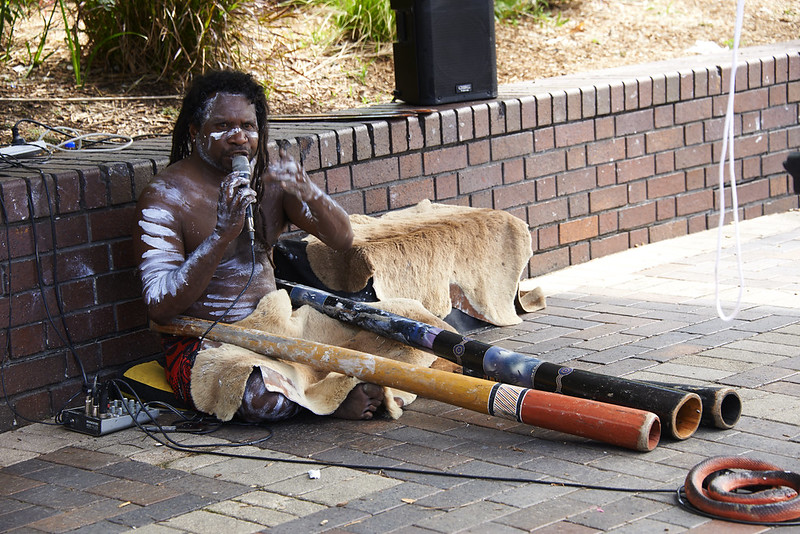 According to the Parliament of Australia, about
According to the Parliament of Australia, about 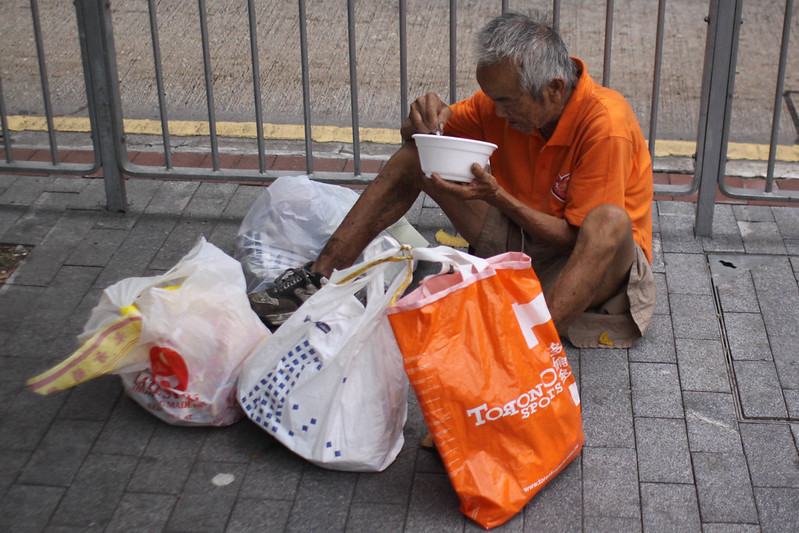 Despite its reputation for wealth and a dynamic economy,
Despite its reputation for wealth and a dynamic economy, 